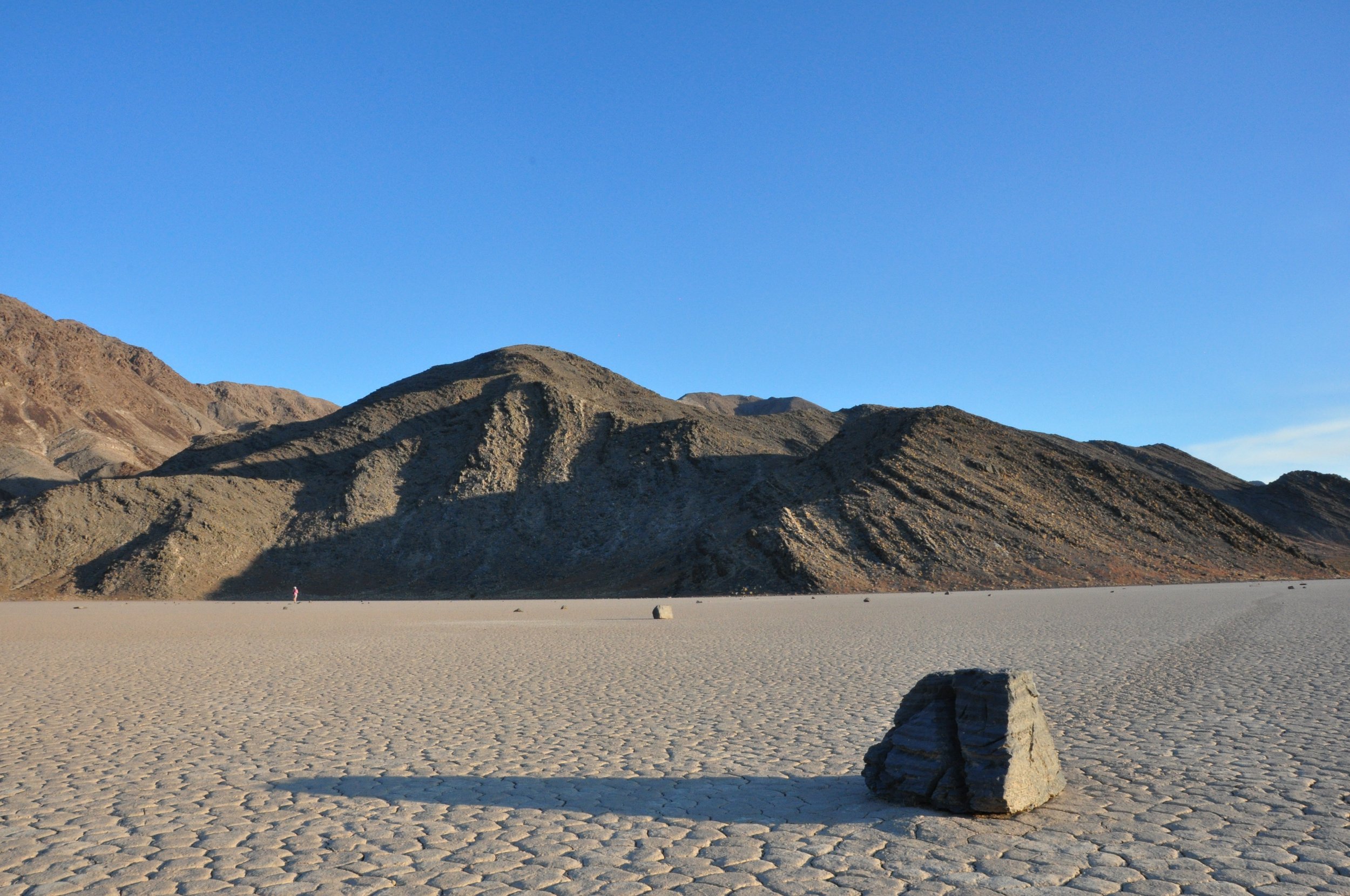


Bodies of granite and related rocks make up much of the Earth’s crust and some of its most spectacular scenery, such as Yosemite National Park, Torres del Paine in Patagonia, and the Karakoram Range in Pakistan. For centuries these were assumed to be the frozen carcasses of huge magma chambers, or “big red blobs,” as they are almost universally depicted. However, work in the last few decades by the UNC group of Glazner, Prof. Drew Coleman, and numerous students, along with Prof. John Bartley at the University of Utah, has challenged that assumption.
The key elements of plate-tectonic theory were developed in the oceans, and western North America was one of the first places where these concepts were applied on the continents. Key ideas from the 1970s stressed the importance of an ancestral Cascade arc, slab windows, and migration of magmatism as the subducted slab flattened and then steepened again. Modern data contradict many of these concepts. We need new ideas.